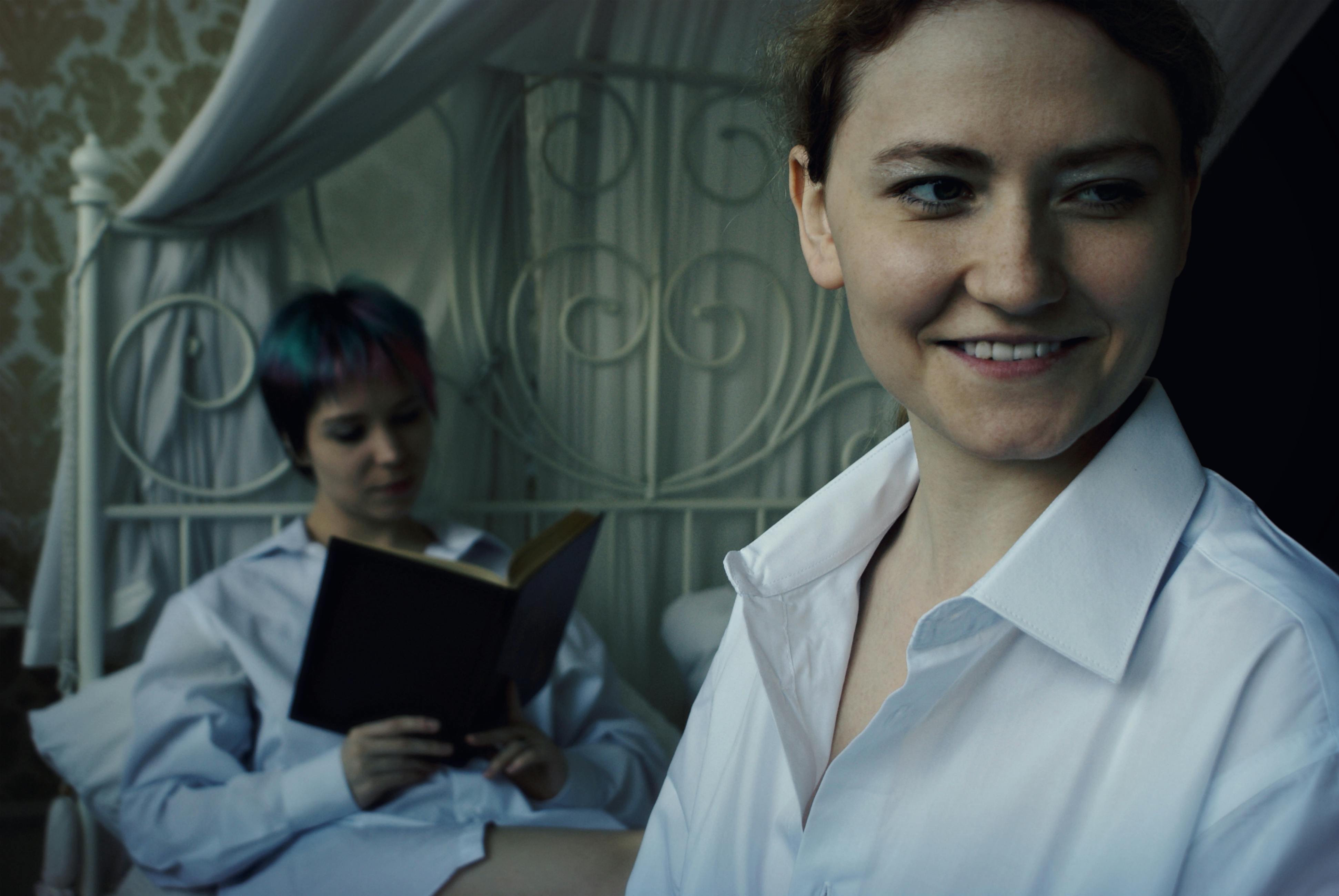The Enfield Poltergeist

The Enfield Poltergeist has fascinated people and been the subject of debate since reports of poltergeist activity began appearing in national newspapers in the late 1970s. Psychic investigators who spent months investigating the case obtained photographs and audio recordings of the poltergeist’s activity. They became firmly convinced that the Enfield Poltergeist was a genuine case of poltergeist infestation. Guy Lyon Playfair, one of the investigators involved in the Enfield Poltergeist case, later wrote a book on the subject called This House Is Haunted. However, there are those who remain skeptical and say that there is not enough evidence to prove that the Enfield Poltergeist was anything more than a hoax developed by the children involved in the alleged poltergeist demonstrations.
The Enfield Poltergeist case centered on a family living in the North London suburb of Enfield. The family consisted of a divorcee, Peggy Harper (her pseudonym from the famous book This House is Haunted, not her real name), and her four young children. Poltergeist activity centered around the family’s youngest daughter, Janet, who was eleven years old when the strange events began in August 1977. The Enfield Poltergeist remained active in the household until September 1978.
The first manifestation of the Enfield Poltergeist occurred one night when Janet and her brother, Peter (then aged ten), complained to their mother that their beds were shaking strangely. The movement had apparently stopped when her mother entered the room and turned on the light. At first, Mrs. Harper dismissed it as a prank on the children’s part and the event would have been forgotten, but more strange things began to happen. That same night, Mrs. Harper and the children heard noises that sounded like feet shuffling across the rug.
Having introduced itself, the Enfield Poltergeist became another nuisance that night. Mrs. Harper and the children heard loud banging coming from the walls of the house and saw furniture move, apparently of its own accord. The family was so scared by the experience that they ran out of the house to seek help from neighbors and called the police to investigate. Police found no trace of any human intruder, but it is reported that one of the police officers witnessed a chair move several feet across the floor without human intervention.
The day after this, the poltergeist became even more active, and toy bricks and marbles flew through the air as if thrown by an unseen hand. When they picked up the toys, they were hot to the touch. Mrs. Harper sought the help of a local vicar and a psychic medium, but they were unable to explain or stop what appeared to be a paranormal attack on the family.
Desperate, Ms. Harper turned to the press and the case was reported in national newspapers. One of the reporters suggested to Mrs. Harper that she call the SPR (Society for Psychical Research). One of its members, Maurice Grosse, who lived in north London, went to the house and began his investigations just a week after the disturbing events began. Although the evidence gathered during the investigations on behalf of the SPR was inconclusive, Maurice Grosse became convinced that the Enfield Poltergeist was a genuine case of poltergeist activity and remained firm in his convictions until his death at the age of ninety in October 2006.
As the ghost continued, Poltergeist activity intensified. During the time that the Enfield Poltergeist was in residence, the Harper family experienced just about every type of Poltergeist activity recognized by psychic researchers. Furniture bumping and sliding was followed by furniture tipping over, drawers opening and closing, footsteps, the sighting of apparitions that included a small child, an old woman, and a man in old-fashioned clothing. The Poltergeist became interactive, first communicating through rapping and then speaking through Janet and her brother Jimmy (the raspy male voices were apparently produced through the use of fake vocal cords). Janet was thrown around her room by an unseen force and there were unexplained failures in the haunted house’s electrical equipment.
I vividly remember reading about the Enfield Poltergeist in the newspapers in 1977/78. The Harpers’ house was close to where I lived, and my oldest daughter was only a year younger than Janet Harper. Although the Harper children did not attend the same schools as my children, they might as well have played together in the local park. One of the things that made the Enfield Poltergeist so disturbing was the fact that the haunting took place in a completely ordinary three-bedroom local authority terraced house. Somehow the haunting seemed creepier because it took place in such an ordinary setting. We expect ghosts to appear in isolated manor houses, haunted mansions or Transylvanian castles. The feeling that ghosts might appear in an ordinary family home with rugs and children’s toys and a television must have made many people look uncomfortably over their shoulders to identify the source of any strange noise or unexpected current. I certainly felt that way. Although my curiosity was strongly piqued by the sensational newspaper coverage, I did not dare take a walk beyond the haunted house in case some malevolent unseen presence decided to follow me home.
It has not been proven that the Enfield Poltergeist case was an actual case of poltergeist activity but, on the other hand, it has never been proven that the Enfield Poltergeist was anything more than a genuine ghost.